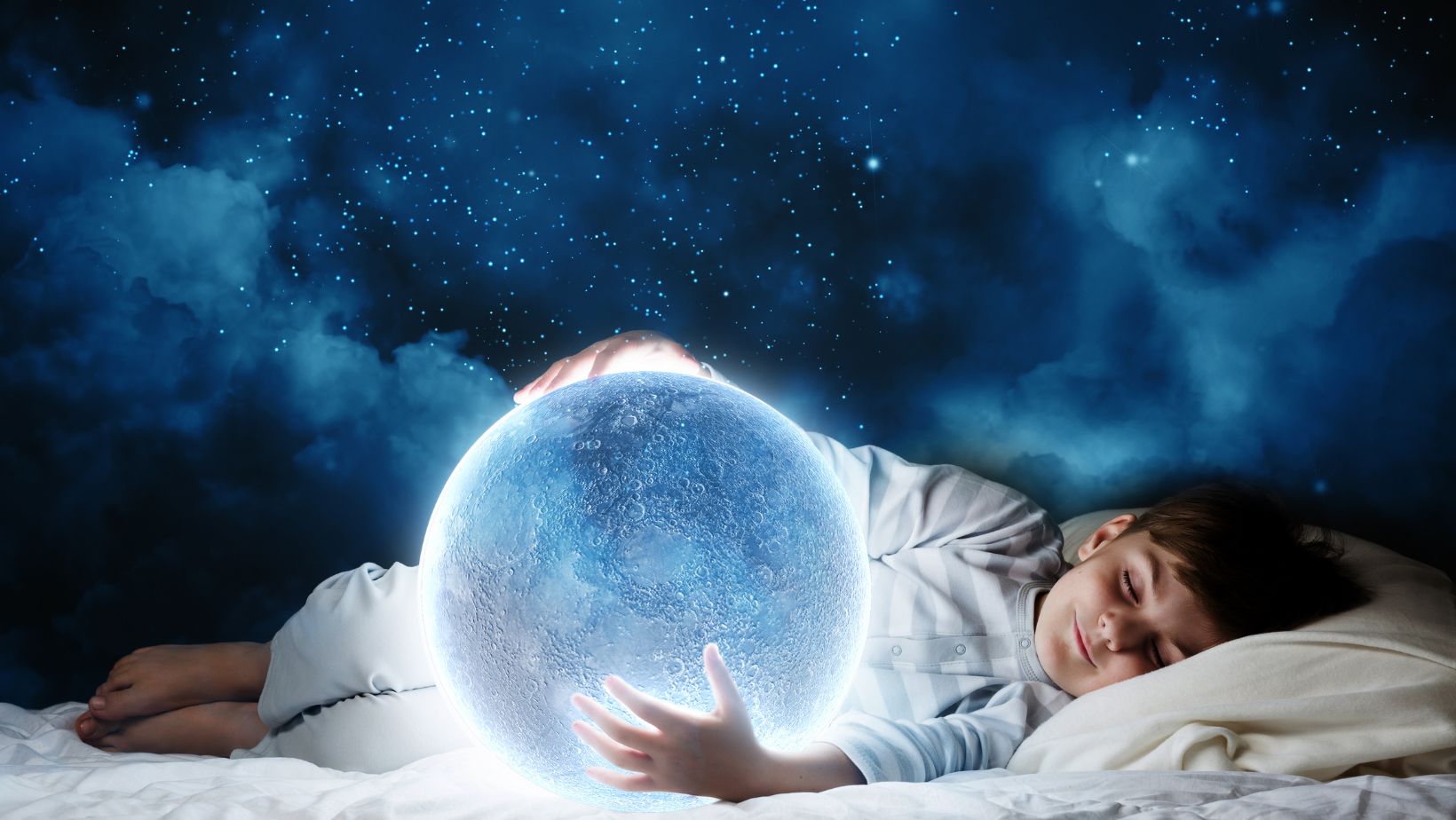
What Does It Mean When You Can’t Move in Your Dream
Have you ever experienced the peculiar sensation of being unable to move in your dreams? It’s a common occurrence that can leave us feeling perplexed and even a little unsettled. In these dreams, our bodies seem to be paralyzed, rendering us immobile and powerless. But what does it mean when you can’t move in your dream?
One possible explanation for this phenomenon is sleep paralysis. During REM (rapid eye movement) sleep, which is the stage of sleep when dreaming occurs, our brain sends signals to inhibit muscle activity and prevent us from acting out our dreams physically. However, sometimes we wake up suddenly while still in this state of muscular inhibition, resulting in temporary paralysis.
Another interpretation suggests that being unable to move in a dream may reflect feelings of powerlessness or being trapped in some aspect of your waking life. It could symbolize unresolved conflicts or situations where you feel stuck and unable to make progress.
While there isn’t one definitive answer as to why we experience this phenomenon, it’s important to remember that dreams are highly subjective and can have multiple interpretations. Exploring the possible meanings behind these dreams can provide valuable insights into our subconscious thoughts and emotions. So next time you find yourself immobilized in a dream, take a moment to reflect on any underlying issues or emotions that might be contributing to this symbolic paralysis.

The Science Behind Dreams
Dreams have long fascinated and puzzled us, serving as a gateway to an alternative reality that exists solely within our minds. But what exactly is the science behind dreams? How does our brain conjure up these vivid experiences while we sleep? Let’s explore some fascinating insights into the world of dream research.
- Dreaming and Brain Activity When we dream, our brain is far from idle. In fact, it becomes highly active, with different regions lighting up like a fireworks display. Studies using electroencephalography (EEG) have shown that during REM (rapid eye movement) sleep – the stage when most dreaming occurs – brain activity resembles that of wakefulness. This suggests that dreaming is not a passive process but rather a complex neurological phenomenon.
- The Role of Sleep Cycles To understand dreams better, it’s crucial to grasp the concept of sleep cycles. Our slumber consists of several cycles, each lasting around 90 minutes and comprising different stages: light sleep, deep sleep, and REM sleep. It is during REM sleep that dreams are most likely to occur. As the night progresses, REM periods become longer and more frequent, potentially leading to more intense and memorable dreams in the morning.
- Activation-Synthesis Theory One popular theory proposed by researchers is known as the activation-synthesis theory. According to this hypothesis, dreams arise from random electrical impulses originating in the brainstem during REM sleep. These signals then trigger various areas in the cerebral cortex responsible for processing emotions, memories, and sensory information. As a result, our mind attempts to make sense of these seemingly unrelated stimuli by weaving them into a narrative – creating what we perceive as a dream.
- Emotional Processing Dreams often contain emotional elements that mirror our waking life experiences or address unresolved feelings and conflicts within ourselves. Some studies suggest that dreaming serves as a mechanism for emotional processing and regulation. By simulating challenging or distressing situations, dreams may help us rehearse coping strategies and find resolution for emotional issues. This therapeutic function of dreaming highlights the profound connection between our psychological well-being and the enigmatic realm of dreams.
- Individual Variations While there are common themes and symbols in dreams, their interpretation can vary greatly from person to person. Each individual brings their unique experiences, memories, and subconscious desires into the dream world. Cultural factors, personal beliefs, and even external stimuli during sleep can influence the content of our dreams. This individual variability adds another layer of complexity to deciphering the meaning behind our nocturnal adventures.
In conclusion, the science behind dreams is a fascinating field that continues to intrigue scientists and psychologists alike. From exploring brain activity during REM sleep to deciphering the purpose of dreaming, researchers strive to unravel the mysteries hidden within this ethereal realm. As we delve deeper into understanding our dreams, we gain valuable insights into our minds’ inner workings and uncover more about what it means to be human.























